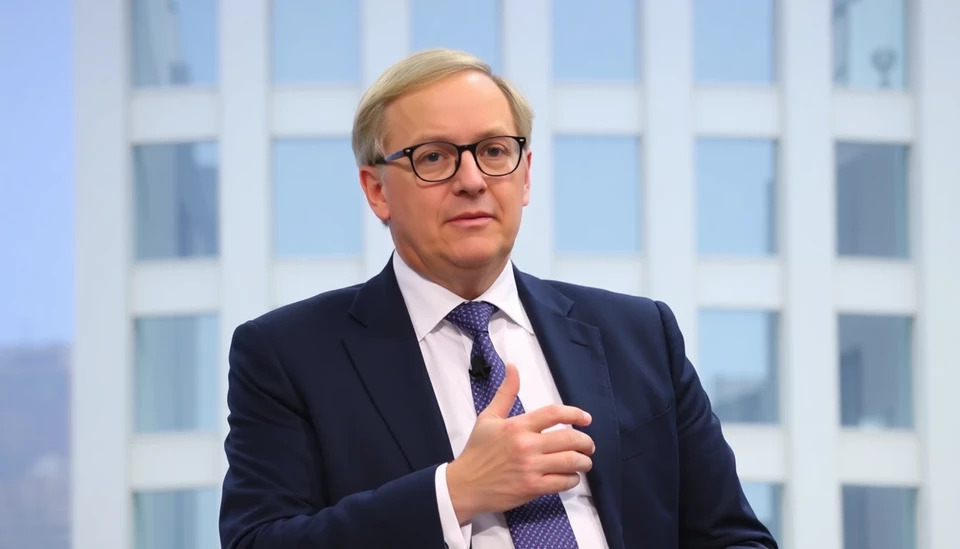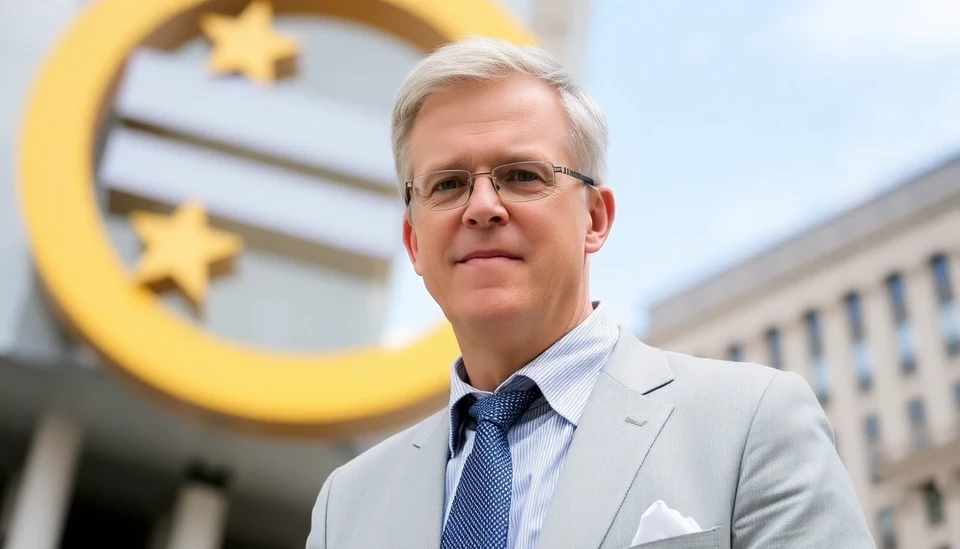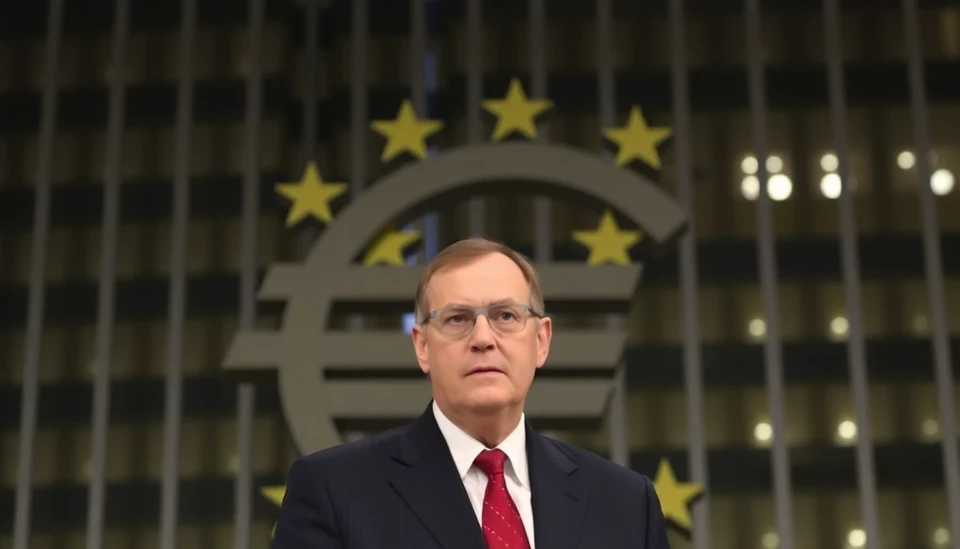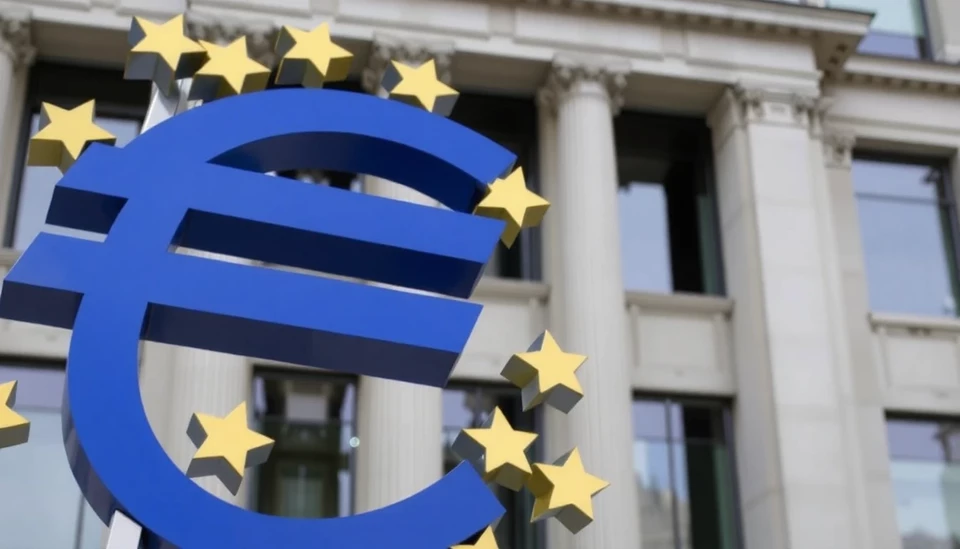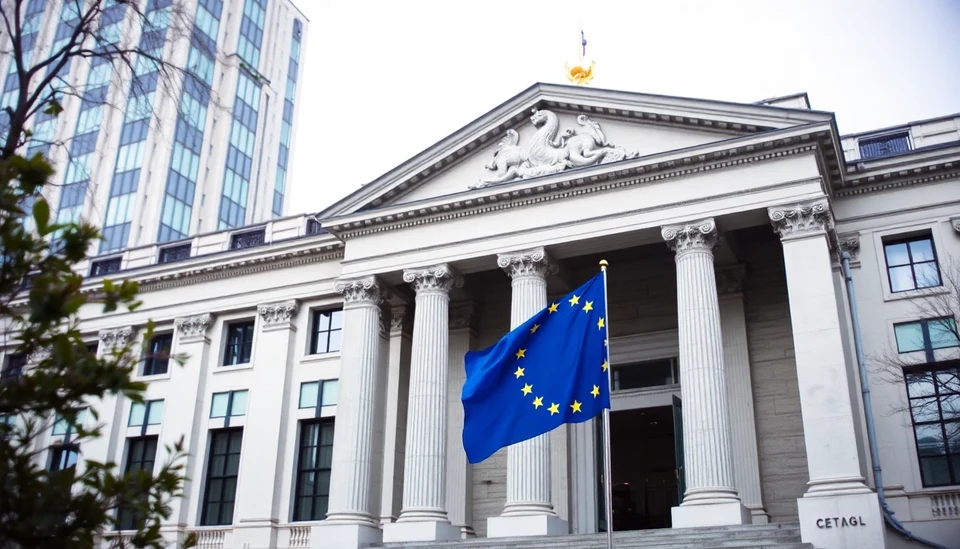
The European Central Bank (ECB) is not yet out of options when it comes to monetary policy adjustments, particularly regarding interest rates. According to recent commentary from ECB Vice President Luis de Guindos, there still exists potential room for further cuts amidst ongoing economic challenges faced by the Eurozone. In discussions with reporters, he emphasized the flexibility the bank maintains in its approach as it navigates fluctuating economic indicators.
As inflationary pressures begin to ease, the ECB finds itself in a position to evaluate its next steps. Various analysts, including Cipollone, assert that with the current inflation data trending downward, the central bank can contemplate reducing its rates to stimulate economic activity further. The debate is nuanced; while some factions within the ECB prioritize inflation control, others acknowledge the necessity of fostering growth in a sluggish economy.
Recent economic statistics indicate a mixed landscape in the Eurozone. A slight decline in inflation rates has provided some relief; however, the overarching growth metrics appear subdued. Concerns over stagnation have led to calls for the ECB to adopt a more accommodative stance. This sentiment reflects the balance the ECB must maintain between controlling price stability and encouraging growth. As de Guindos pointed out, the central bank will remain vigilant in monitoring both inflation trends and economic performance before implementing any significant policy changes.
This candor from the ECB officials has sparked discussions among economists regarding the broader implications of rate cuts. Lower interest rates typically lead to cheaper borrowing costs, which in turn can promote spending and investment. However, the long-term effects remain uncertain, especially amid geopolitical tensions and supply chain disruptions that continue to affect economies worldwide.
As the Eurozone braces for the upcoming monetary policy meeting, the landscape appears uncertain. Stakeholders consuming the economic narrative with anticipation await concrete moves from the ECB that could either bolster confidence or exacerbate existing vulnerabilities. The path forward will undoubtedly require a delicate balancing act, and the ECB's future decisions will be critical in shaping the economic environment in the Eurozone.
In conclusion, while the ECB has room to maneuver with interest rate cuts, the true challenge lies in harmonizing these changes with the need for sustained economic growth. Policymakers will be closely scrutinizing not only the numbers but also the global context in which these metrics exist.
#ECB #interestrates #economicgrowth #LuisdeGuindos #inflation #Eurozone #monetarypolicy #Cipollone
Author: Daniel Foster

